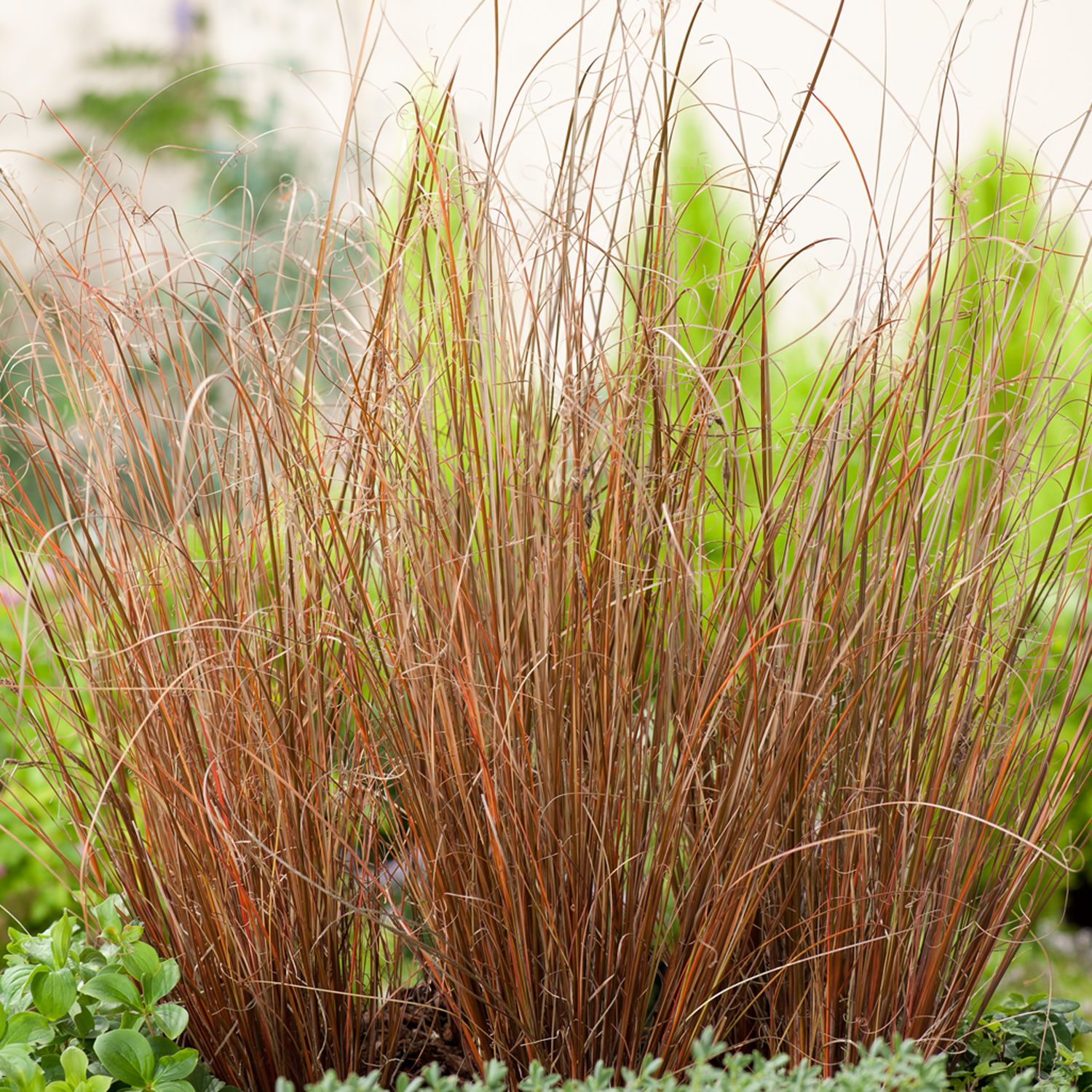The Carex Red Rooster plant, with its striking foliage and versatility, takes center stage in this informative guide. Delve into the world of this unique plant as we explore its characteristics, cultivation techniques, and ornamental applications.
This captivating narrative unravels the intricacies of the Carex Red Rooster plant, providing a comprehensive understanding of its growth habits, environmental preferences, and aesthetic appeal. Join us on this journey to discover the beauty and practicality of this remarkable plant.
Carex Red Rooster Plant Characteristics

The Carex Red Rooster is a striking ornamental grass that adds vibrant color and texture to any garden. It features a distinctive appearance with its upright, clump-forming habit.
The plant reaches a height of 12-18 inches (30-45 cm) and a width of 12-15 inches (30-38 cm). Its narrow, blade-like leaves are a deep burgundy color, providing a striking contrast to other plants. The leaves are evergreen, remaining attractive throughout the year.
In summer, the Carex Red Rooster produces small, inconspicuous flowers that are held on slender stalks above the foliage. The flowers are a light brown color and are not particularly showy, but they add to the overall interest of the plant.
The texture of the Carex Red Rooster is fine and delicate, with the leaves creating a soft, feathery effect. This texture adds movement and interest to the garden, especially when the plant is swayed by the wind.
Overall, the Carex Red Rooster is a low-maintenance, visually appealing plant that is perfect for adding color and texture to any garden. Its unique burgundy foliage and delicate texture make it a standout choice for both formal and informal landscapes.
Foliage
The foliage of the Carex Red Rooster is one of its most distinctive features. The leaves are narrow and blade-like, with a deep burgundy color that adds a striking contrast to other plants. The leaves are evergreen, remaining attractive throughout the year, providing year-round interest in the garden.
The leaves grow in a dense, clump-forming habit, creating a soft, feathery effect. This texture adds movement and interest to the garden, especially when the plant is swayed by the wind.
Flowers
The Carex Red Rooster produces small, inconspicuous flowers in summer. The flowers are held on slender stalks above the foliage and are a light brown color. While not particularly showy, the flowers add to the overall interest of the plant.
The flowers are not the main attraction of the Carex Red Rooster, but they do provide a subtle touch of color and interest to the garden.
Carex Red Rooster Plant Care and Cultivation

The Carex Red Rooster plant is a hardy and easy-to-grow ornamental grass that adds color and texture to any garden. It is native to New Zealand and prefers moist, well-drained soil in full sun to partial shade. With proper care, this plant can thrive for many years and provide a beautiful addition to your landscape.
Light Requirements
The Carex Red Rooster plant prefers full sun to partial shade. In areas with hot summers, it is best to provide some afternoon shade to prevent the leaves from burning.
Water Requirements
The Carex Red Rooster plant prefers moist, well-drained soil. Water the plant deeply and regularly, especially during hot weather. Avoid overwatering, as this can lead to root rot.
Soil Requirements
The Carex Red Rooster plant prefers well-drained soil with a pH of 6.0 to 7.0. If your soil is heavy or clay-like, you can amend it with compost or sand to improve drainage.
Temperature Requirements
The Carex Red Rooster plant is hardy in USDA hardiness zones 5 to 9. It can tolerate temperatures as low as -20 degrees Fahrenheit, but it may need some protection in colder climates.
Planting and Propagation, Carex red rooster plant
The Carex Red Rooster plant can be planted in spring or fall. Space the plants 12 to 18 inches apart. To propagate the plant, divide the clumps in spring or fall. Replant the divisions immediately.
Maintenance
The Carex Red Rooster plant is a low-maintenance plant. It requires little pruning or fertilizing. Simply remove any dead or damaged leaves in the spring.
Carex Red Rooster Plant Uses and Benefits

The Carex Red Rooster plant is prized for its striking foliage and ornamental qualities, making it a popular choice for landscaping and garden design. Its potential medicinal and therapeutic benefits are also being explored, adding to its versatility.
Ornamental Uses
- Focal Point: The Carex Red Rooster’s unique foliage and vibrant colors make it a stunning focal point in gardens and landscapes.
- Borders and Edging: Its compact growth habit and dense foliage create attractive borders and edging along pathways, flower beds, and other garden features.
- Ground Cover: The Carex Red Rooster can be used as a low-maintenance ground cover, providing a lush and colorful carpet that suppresses weeds.
- Containers: Its compact size and tolerance for containers make it a versatile choice for balconies, patios, and indoor spaces.
Landscaping and Garden Design
In landscaping and garden design, the Carex Red Rooster plant is valued for its:
- Color Contrast: Its burgundy-red foliage provides a striking contrast against green plants, creating visual interest and depth.
- Texture Variation: The fine, grassy foliage adds texture and movement to garden compositions.
- Year-Round Interest: Its evergreen foliage retains its color throughout the year, providing visual appeal even during winter months.
- Attracting Wildlife: The Carex Red Rooster plant attracts beneficial insects and birds, contributing to a healthy ecosystem.
Potential Medicinal and Therapeutic Benefits
Research is ongoing to explore the potential medicinal and therapeutic benefits of the Carex Red Rooster plant:
- Antioxidant Properties: The plant contains antioxidants that may help protect against cellular damage.
- Anti-Inflammatory Effects: Some studies suggest that extracts from the plant may have anti-inflammatory properties.
- Wound Healing: Traditional healers have used the plant to promote wound healing, although scientific evidence is limited.
It’s important to note that more research is needed to fully understand the potential medicinal benefits of the Carex Red Rooster plant and its safe use.
